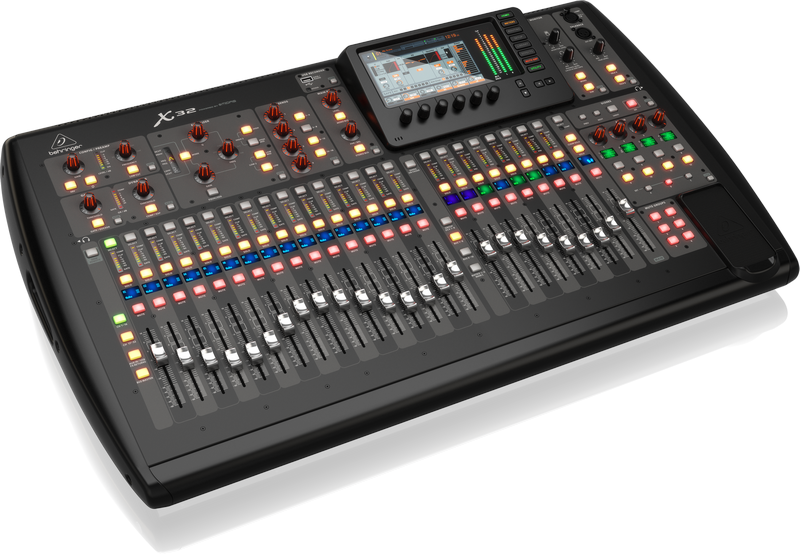Snarky Puppy live in Paris, in exactly the same lineup of people as they played here in Frankfurt. But the list of songs is very different, except of some of their “hits” of course (they didn’t play “Lingus” here for instance).
What I also like here are the shots which show the audience – a few people more than the 1.300 people which attended the concert here. And boy, these parisiens and parisiennes know a good groove when they hear it; love their reactions!
Snarky Puppy is very much a band of musicians and for musicians – so not everyone likes them. But again, there’s no average age of the audience, all kinds of kids from under 20 up to old guys (like me) of 60 and above. Which probably shows that although the band members are young (some are less than half my age), and although they’re standing on the shoulders of giants (of my youth, I remember quite a number of good jazzrock bands), there’s still a market for good old handmade music. Which gives kinda hope for the future, after all that disco-hiphop-sampling-stealing-whatever “dark times” of computer-produced snippet stuff… Oh, and the instruments: there’s also nothing better than the originals, from the good old B3s, Minimoogs and Rhodes pianos up to the brass and the violin.
Long live Snarky. Ordered their “We like it here” CD/DVD yesterday, from their own GroundUpMusic website, and it’s on its way already. And cheaper than at the big online retail stores, even if you count in the shipping from New York.
So please do as Michael says here: support the musicians. Especially the younger ones.
Thank you for reading.


